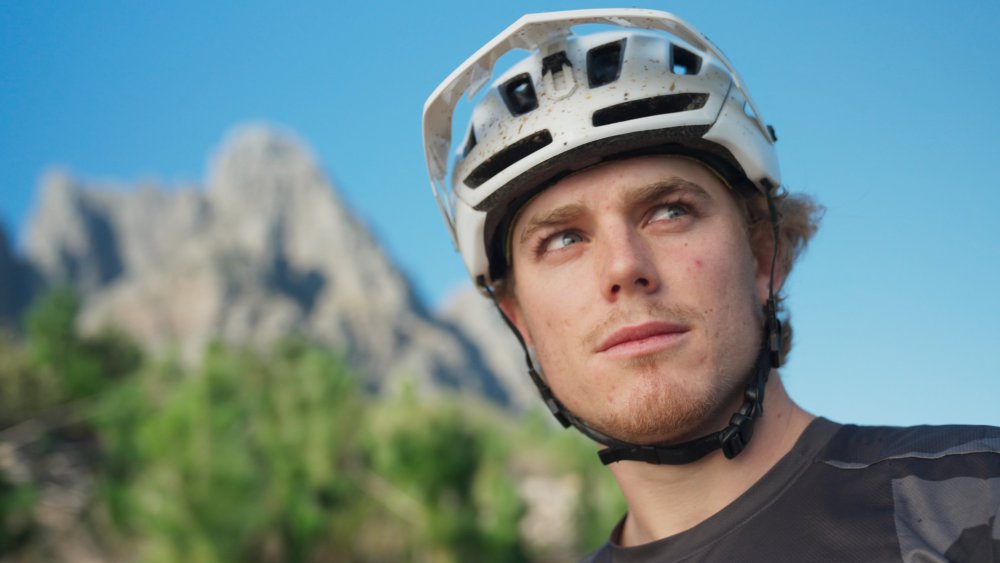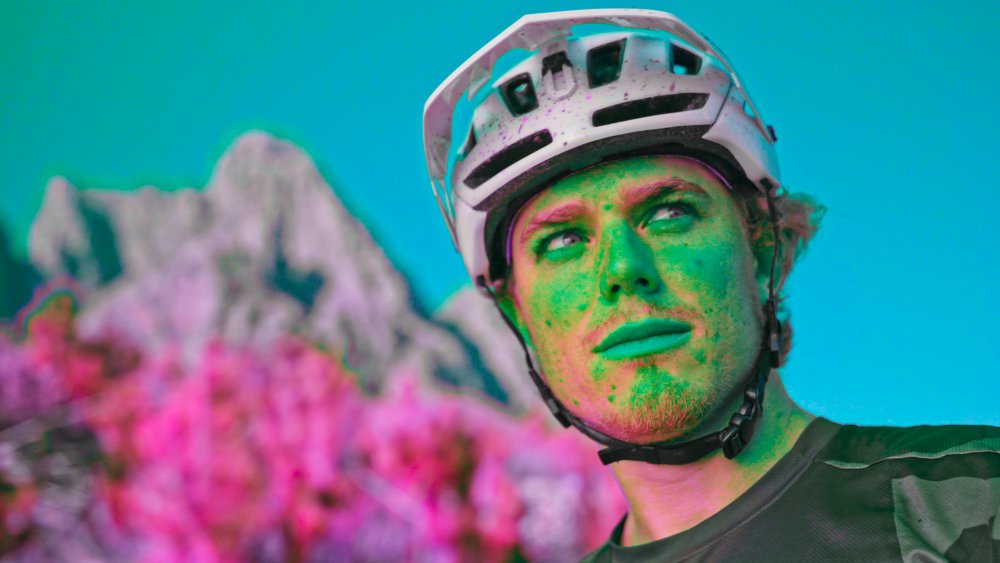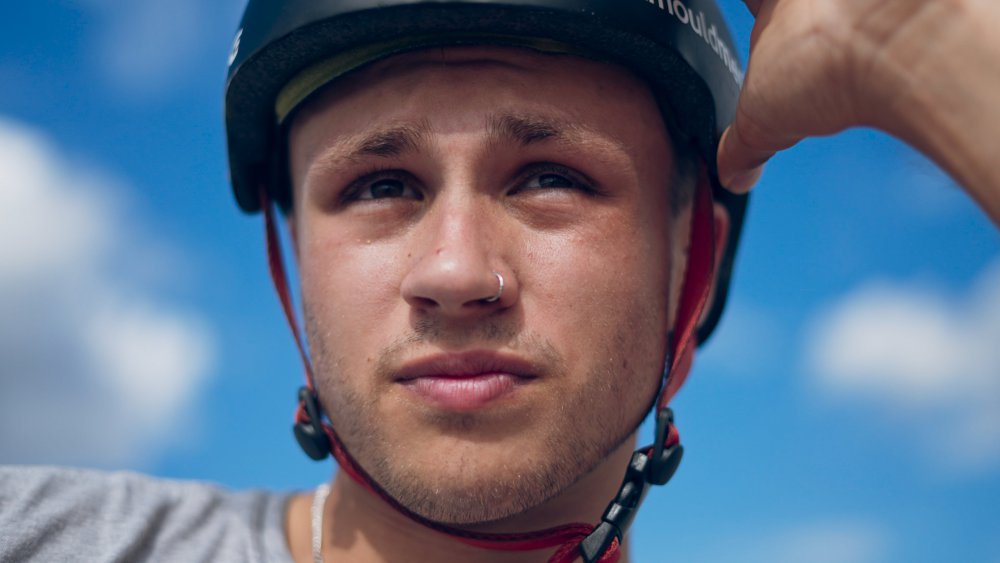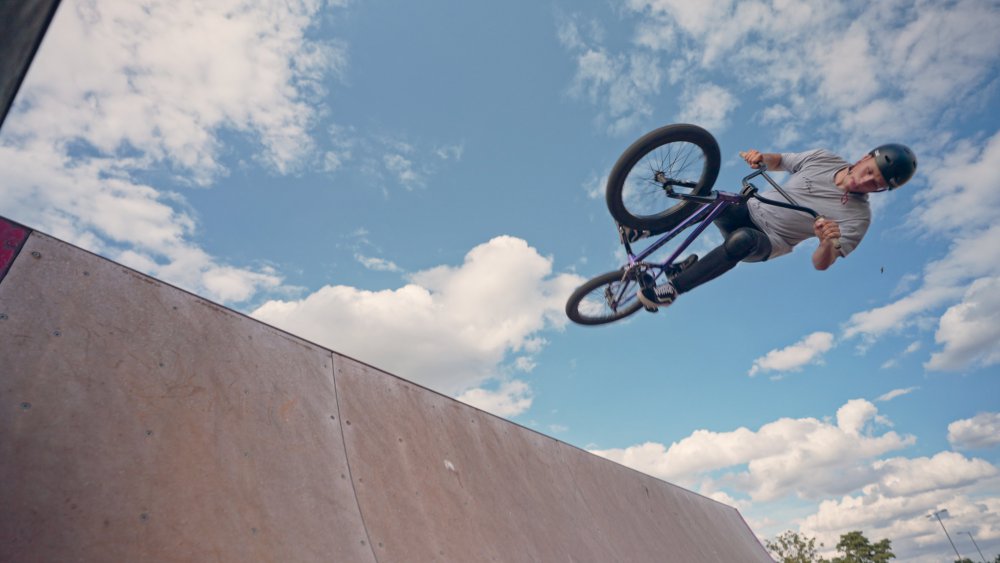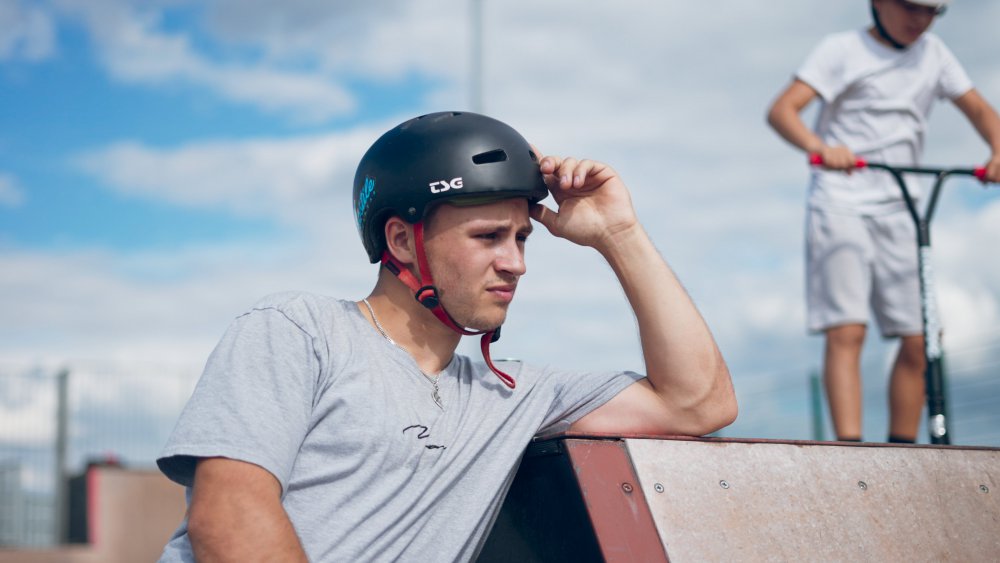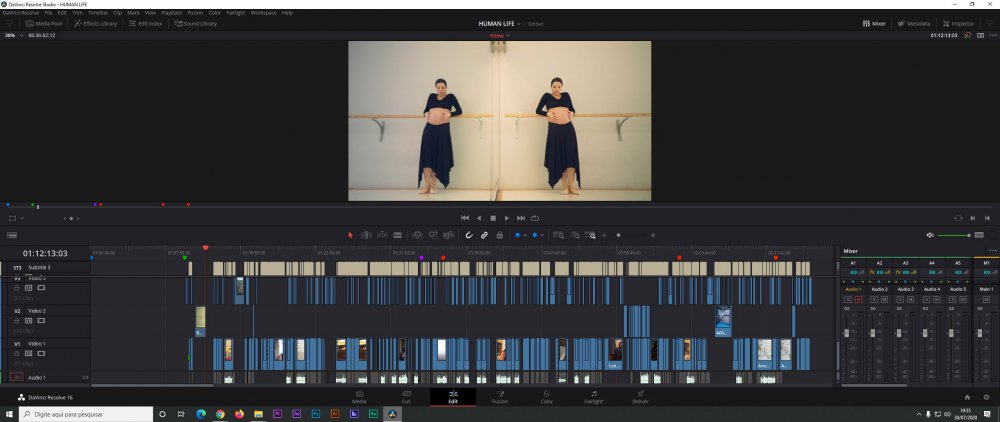
luizhmgoncalves
Members-
Posts
20 -
Joined
-
Last visited
About luizhmgoncalves

luizhmgoncalves's Achievements

Member (2/5)
17
Reputation
-
 Stathman reacted to a post in a topic:
Sony A7S III
Stathman reacted to a post in a topic:
Sony A7S III
-
 ajay reacted to a post in a topic:
Sony A7S III
ajay reacted to a post in a topic:
Sony A7S III
-
Using Resolve studio here. Once I turned then into 25fps they playback real-time on my PC. Trying to playback at 100fps it dropped frames. But in a 25 or 24 timeline it worked. Time stretched or normal, works really fine. My setup is a Ryzen 1600 with a Radeon Rx570 4gb, 32gb ram. Very similar to some Macs. My system struggles with the Canon R5 h265, 100% CPU usage dropping frames, but not the Sony ones, 40-50% CPU. Even turning the R5 files into 24-25fps doesn't make any difference. But the Sony XAVC-I performed really close to prores, 25% CPU, and that is a great point for the A7s 3.
-
 Geoff CB reacted to a post in a topic:
Sony A7S III
Geoff CB reacted to a post in a topic:
Sony A7S III
-
It looks really good for my taste. Just Aces Slog3 Conversion to rec 709, no grading. And the footage is really good to for color grading, much more information on the codec. I could never do things like that with the past Sony mirrorless codecs and have no compression artifacts and banding issues.
-
 luizhmgoncalves reacted to a post in a topic:
Sony A7S III
luizhmgoncalves reacted to a post in a topic:
Sony A7S III
-
 Geoff CB reacted to a post in a topic:
Sony A7S III
Geoff CB reacted to a post in a topic:
Sony A7S III
-
 Geoff CB reacted to a post in a topic:
Sony A7S III
Geoff CB reacted to a post in a topic:
Sony A7S III
-
 Juank reacted to a post in a topic:
Sony A7S III
Juank reacted to a post in a topic:
Sony A7S III
-
 Vintage Jimothy reacted to a post in a topic:
Sony A7S III
Vintage Jimothy reacted to a post in a topic:
Sony A7S III
-
 Vintage Jimothy reacted to a post in a topic:
Sony A7S III
Vintage Jimothy reacted to a post in a topic:
Sony A7S III
-
 luizhmgoncalves reacted to a post in a topic:
Sony A7S III
luizhmgoncalves reacted to a post in a topic:
Sony A7S III
-
I think that just looking to an already graded jpeg export is not going to reveal it. I was talking about my experience grading the files. There are much more color information in shadows and highlights. The guy with his bike in the air was really underexposed and I was able to push it up without looking mushy or like an alien. Scrubbing through those files into the timeline are really close to prores. I really had problems with banding and compression artifacts with the older Sony's. Don't see it on those files. I believe that in the hands of a good colorist it might bee amazing. And also with your tweeks in the color profiles we could achieve much better results.
-
 Snowfun reacted to a post in a topic:
Sony A7S III
Snowfun reacted to a post in a topic:
Sony A7S III
-
Just downloaded the footage from that James Matthews video. Great footage by the way. The A7s iii is now a contender angainst other low priced cinema cameras. All the information you need to create a good color grading is there. Rich colors, shadow and highlight information. All packed inside a usable codec that is the h264 all-i 10bit. All the problems I had before with sony mirrorles footage are gone. Noise compression, banding, poor colors, artifacts, etc. I aways thought a good codec could turn these Sonys into something else, and here it is. Personaly I really liked the colors.
-
Canon EOS R5 / R6 overheating discussion all in one place
luizhmgoncalves replied to Andrew Reid's topic in Cameras
One solution a company like Tilta can come up with is: A Cfexpress card adapter that has metal parts coming out of the camera in some kind of heatsink. It can have the shape of a battery grip. Inside it you can plug an Nvme type of storage (since cfexpress is based in PCI Express 3) and batteries. You have to remove the card door or the grip can have some kind of door holder. -
Canon EOS R5 / R6 overheating discussion all in one place
luizhmgoncalves replied to Andrew Reid's topic in Cameras
Yes, it's totally possible, since the coper(or gold) contacts of the camera and cards are perfect heat transfer materials. -
Canon EOS R5 / R6 overheating discussion all in one place
luizhmgoncalves replied to Andrew Reid's topic in Cameras
It's really strange that with the card inside the camera and without writing into it build up heat. Gerald's external recording get longer times the internal with the card inside the camera. So, don't believe it's na software limitation/cripple from Canon. The only explanation I have is that the card itself is absorbing the heat from the the other parts of the camera. But wen the card is writing it helps to build up more heat. -
Canon EOS R5 / R6 overheating discussion all in one place
luizhmgoncalves replied to Andrew Reid's topic in Cameras
This is a nice find. It shows that the card space of the camera is one of the parts building up heat. It might be a solution for external recording. Since there is no writing to the cards, and the card door is closed in his test, that empty space without cards might help reducing the heat. Don't know... More tests need to be conducted. Canon might come up with a card door extender/cooler, hahaha. And for the prices of cfexpress cards a Ninja V recorder is really an option. -
Canon EOS R5 / R6 overheating discussion all in one place
luizhmgoncalves replied to Andrew Reid's topic in Cameras
It would be nice to unite all our arguments against Canon the brand not the users. I'm always moving from brand to brand on camera body choices, and have put high hopes on the R5 since the rumored specs. I really don't believe Canon can solve the overheating problems by a firmware update, it seems to be some kind of heat exchange limitation due to weather sealing. That might be the only explanation for the longer recovery times unaffected by outside temperatures. The other major problem for me is the h265 422 10bit that is unable to playback real-time in lots of systems. I have myself tested some R5 files in Resolve on my computer, and the Raw 8k plays Fine, and 4k clog h265 maxed out my CPU and frame skipped. Other cameras h265 played ok. The only way to shoot Clog is h265, and that is a thing a firmware update can fix. But I don't know if we keep buying this camera and keep being ok with filming lower quality 4k unplayable files, is a good message to Canon. I work with documentaries, and sometimes, narrative shorts. Me and the people that I work with would really benefit from a camera with that specs and size, but the limitations that comes with it certainly is going to hurt the creative side of filmmaking. -
 alanpoiuyt reacted to a post in a topic:
Sony A7S III
alanpoiuyt reacted to a post in a topic:
Sony A7S III
-
Yes, these EOS R5 footage looks incredible. I only use the ACES CLog conversion, no grading at all, and already looks fantastic. Really wish someone upload some nice footage from the A7s 3 like that one, so we can play with it. And hope that Canon come up with something that doesn't take 5 years to do. At least sony throw their best codecs into a mirrorless. But for now I will keep my pocket 4k. Its not full frame but colors and codecs are really nice to work with.
-
I Just did another test here. Its crazy wath you said, that even your machine with RTX 2080 ti is on the limit for that footage. Maybe Nvidia RTXs has better implementation for the kind of compression of the h265 Eos R5 are generating. Runing on Resolve Studio too. This time I tested with another Canon Eos R5 clip from another source also. The clip with trees are from A7s3 - XAVS HS that is H265 10bit. And in the end i add two 8k Raw clips from canon EOS R5 Again, the Eos R5 h265 didn't playback realtime and CPUU 100%. The A7s h265 plays realtime, and my CPU was at 60% The Raw 8k played realtime with the CPU at 15%. For me it made both the R5 and R6 unusable. Imagine having to do proxies or chache all the files for a Feature documentary My last project was a 72min documentary with 20h plus of footage to select and edit. An youtuber produces hours of footage everyday. These files kill any workflow.
-
Canon EOS R5 / R6 overheating discussion all in one place
luizhmgoncalves replied to Andrew Reid's topic in Cameras
At least it seems 4k all-i works without overheating, but he doesn't test if to show for how much time. But 8k overheating even without recording, that's terrible. -
I find the footages here: 4k H265 10bit - EOS R5 https://drive.google.com/drive/folders/1dA1Em-D2ioEJU5jInk_JT_EsQGVIprCZ 4k H264 10bit - A7s3 footage (Terrible filmed by those Italian guys a video posted early) https://slimdogsproduction.wetransfer.com/downloads/be4e230906d02ad1281aa39cf8a4fe1820200723133445/c42214
-
Yes, I believe it is going to work on many machines. But on his video it didn't playback realtime on a Mac pro with the vega 2 card and 12 core CPU. So I decided to try for myself on my humble Ryzen 1600 with RX570 card. Resolve and all drivers are the last updates. And it didn't playback realtime, but the footage from A7s 3 works really well since it is H264 10bit. In this fast test I set the timeline to 29,976fps for the Canon R5 footage. A7s3 footage is in 50fps. In the end I add a pocket 4k footage BRAW 24fps. Playing R5 H256 the CPU was maxed out at 100%, then it droped to 25% with the A7s3, and finaly 15% for the Pocket 4k BRAW. I don't know for what kind of machine I would have to upgrade to play these H265 files realtime. Dont know if you guuys have tried any of these footages, but if yes, let us know about the performance.
-
Hi Guys, I would like to hear your toughts on that: It sems like no GPU today can support editing H265 4:2:2 10bit, only 4:2:0 or 4:4:4, as Max Yuryev demonstrates on his videos, and was atested by other people in the coments. So If you plan to shoot Canon Log footage with the R5 or R6 you might be in for CPU overheating while editing. Raw 8k plays much better on his tests. At least the A7s 3 have the options for more friendly codecs. I don't plan on buying any of those cameras, at least for now. I work with documentaries, and I'm currently using the Pocket 4k. Worked with Sony Alphas, and GH4/5 before. For my workflow It would be impractical having to transcode files to be edit friendly. Maybe sobe GPU drivers update are comming, but is strange that canon would bet on that. If I would pick any of those cameras, Color sciense asside, I wold look for an external recorder. It might solve the overheating problems of the a7s 3 in higher temps, don't know. For the prices of Cfexpress or Sd cards that are able to deal with the higher bitrate modes is easy to find a Ninja V recorder with the same amount of storage. I think I'm a little bit spoiled by the ability of recording to usb c drives on the Pocket, and I'm waiting a little bit to go back to full frame. So let me know what you guys think about that problem with H256. Have you seen someone else talking about it?

